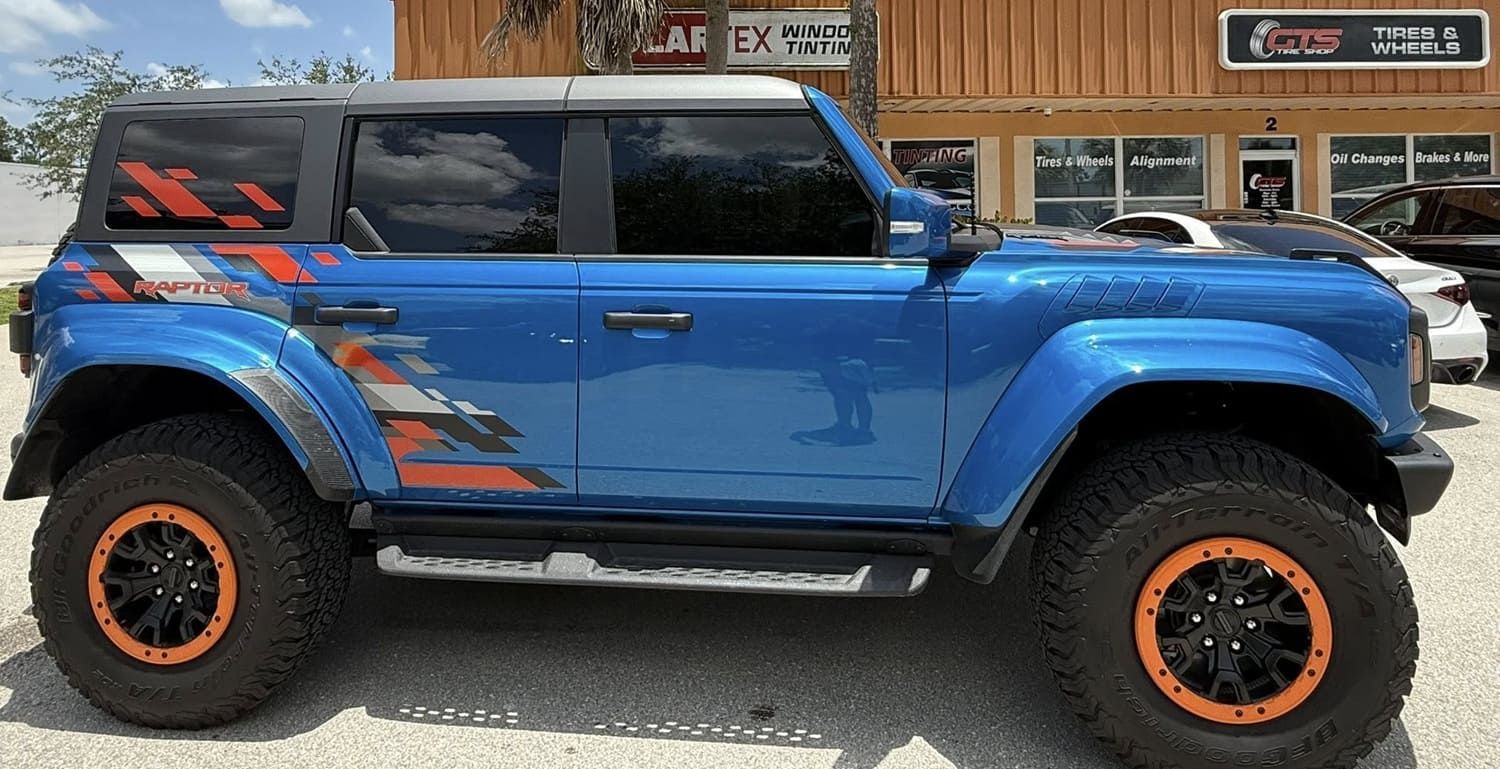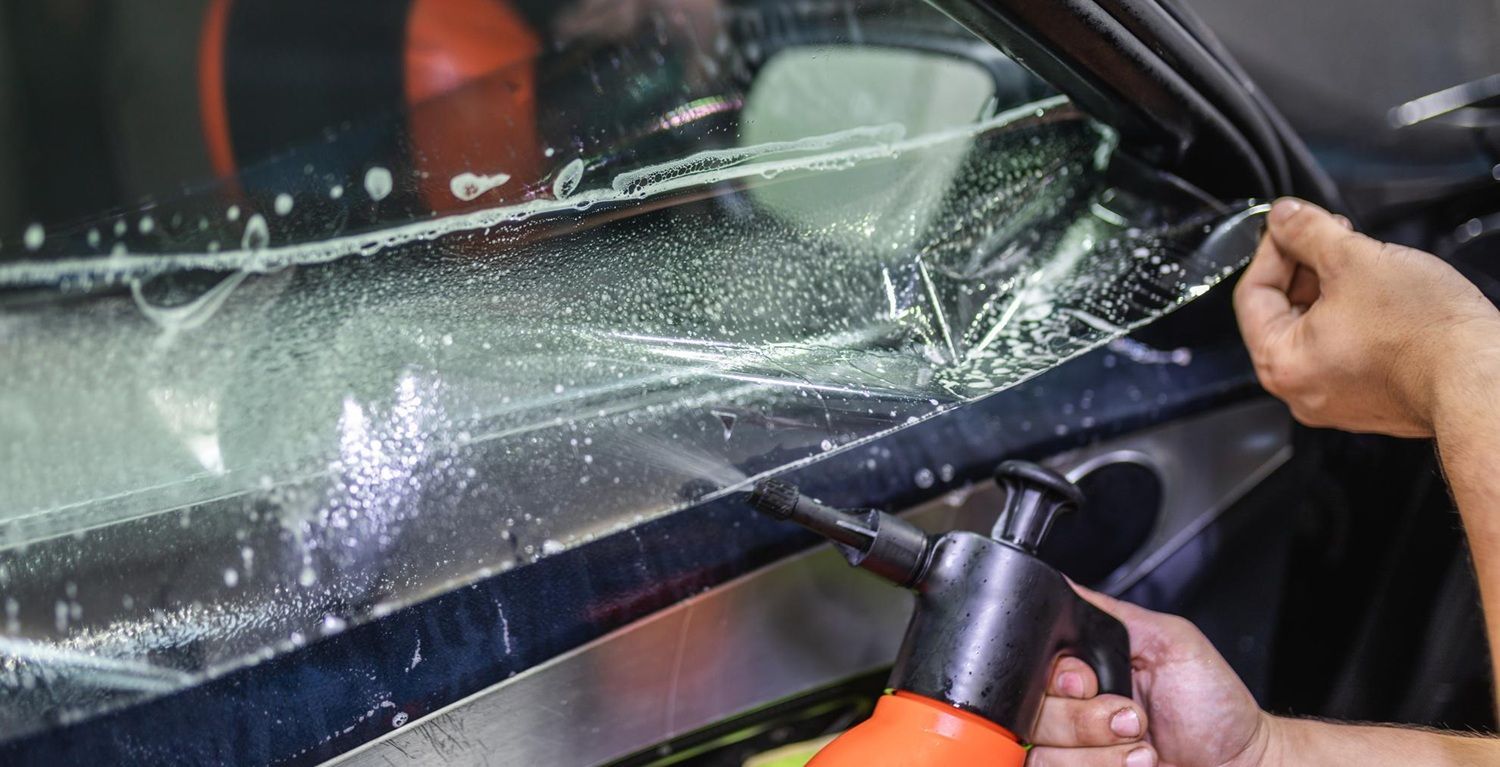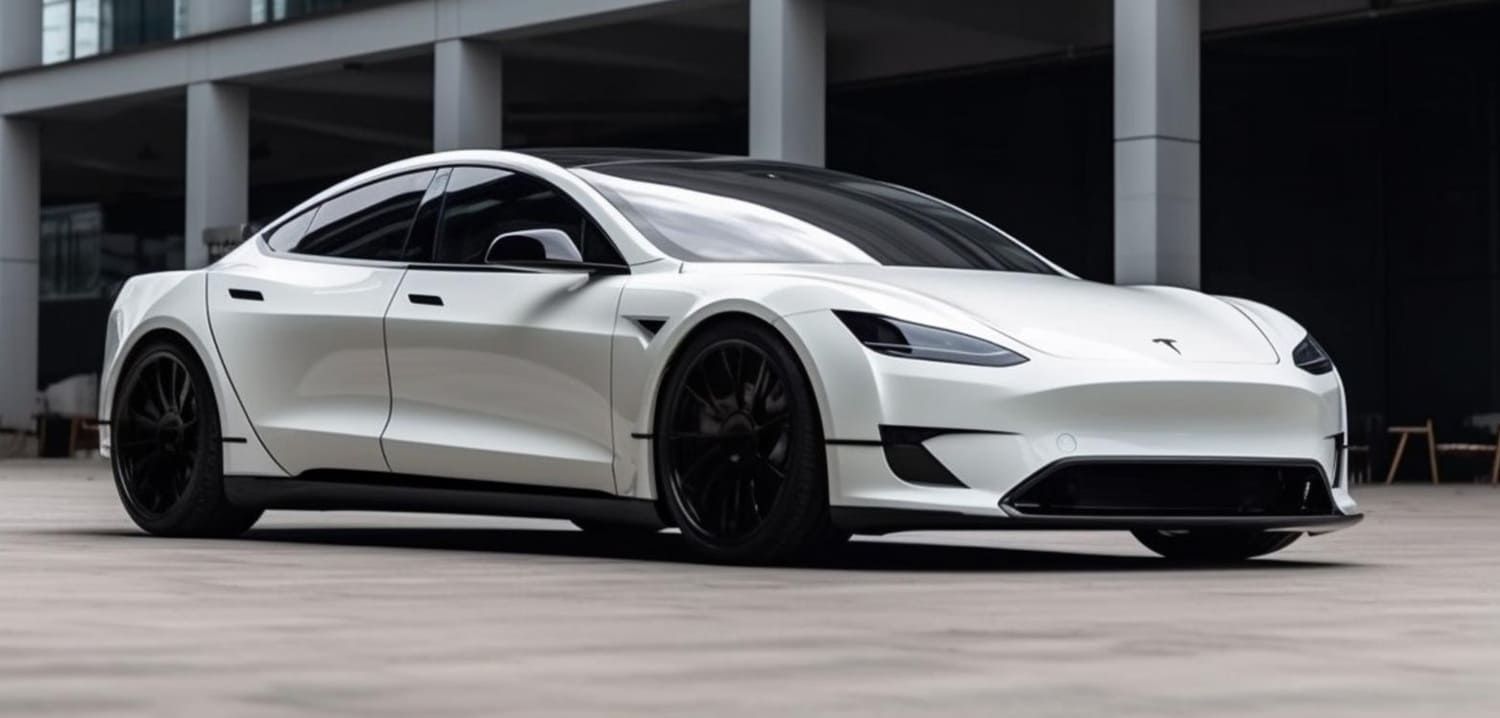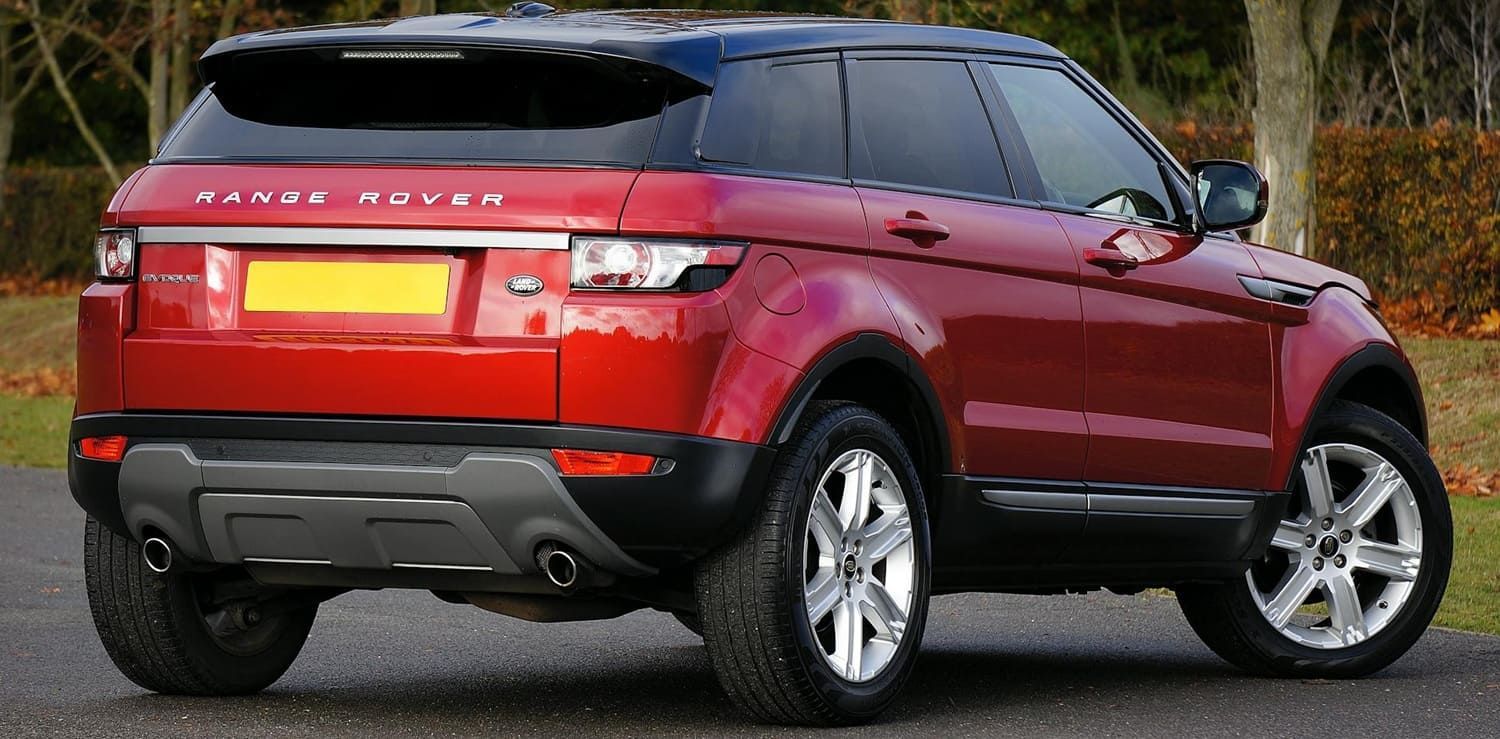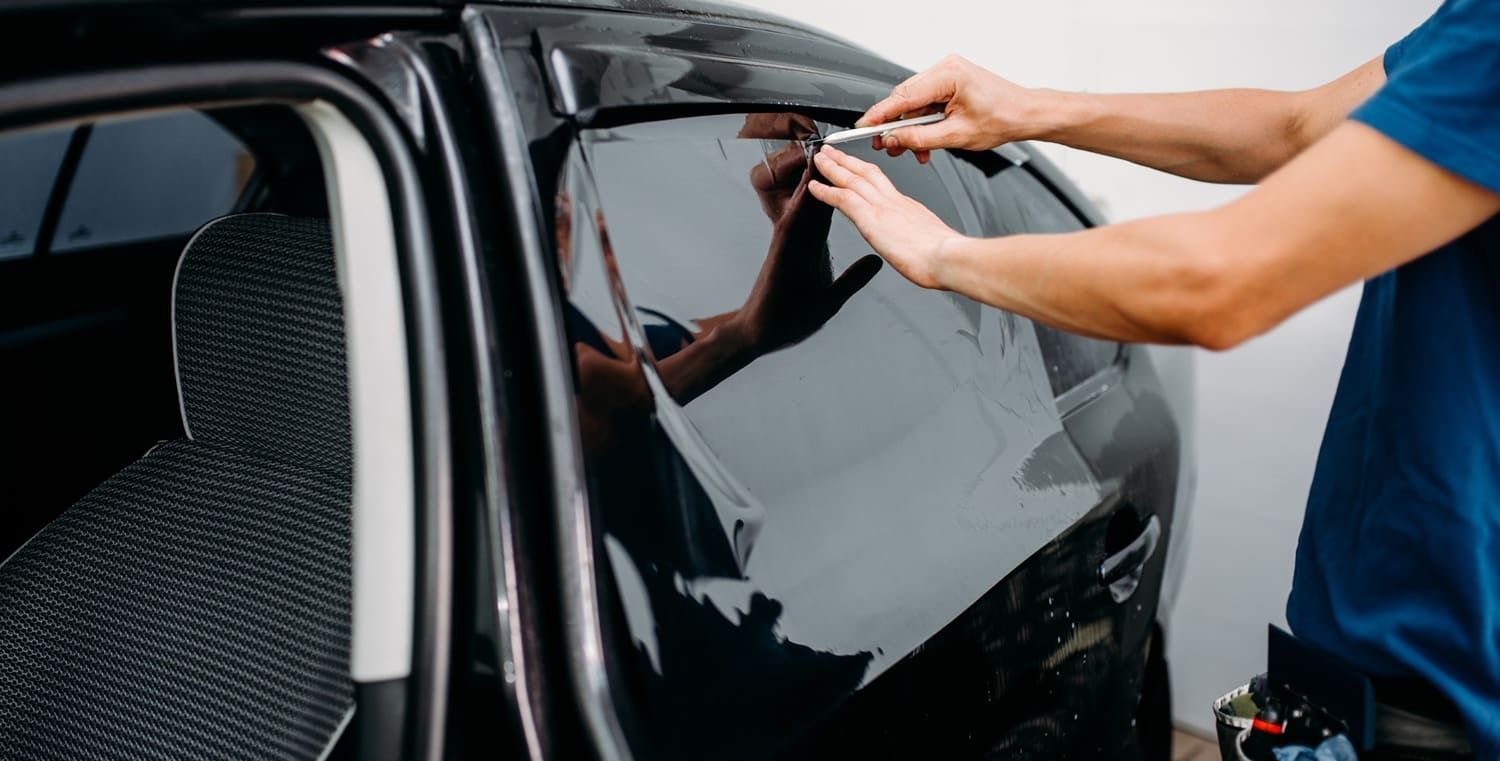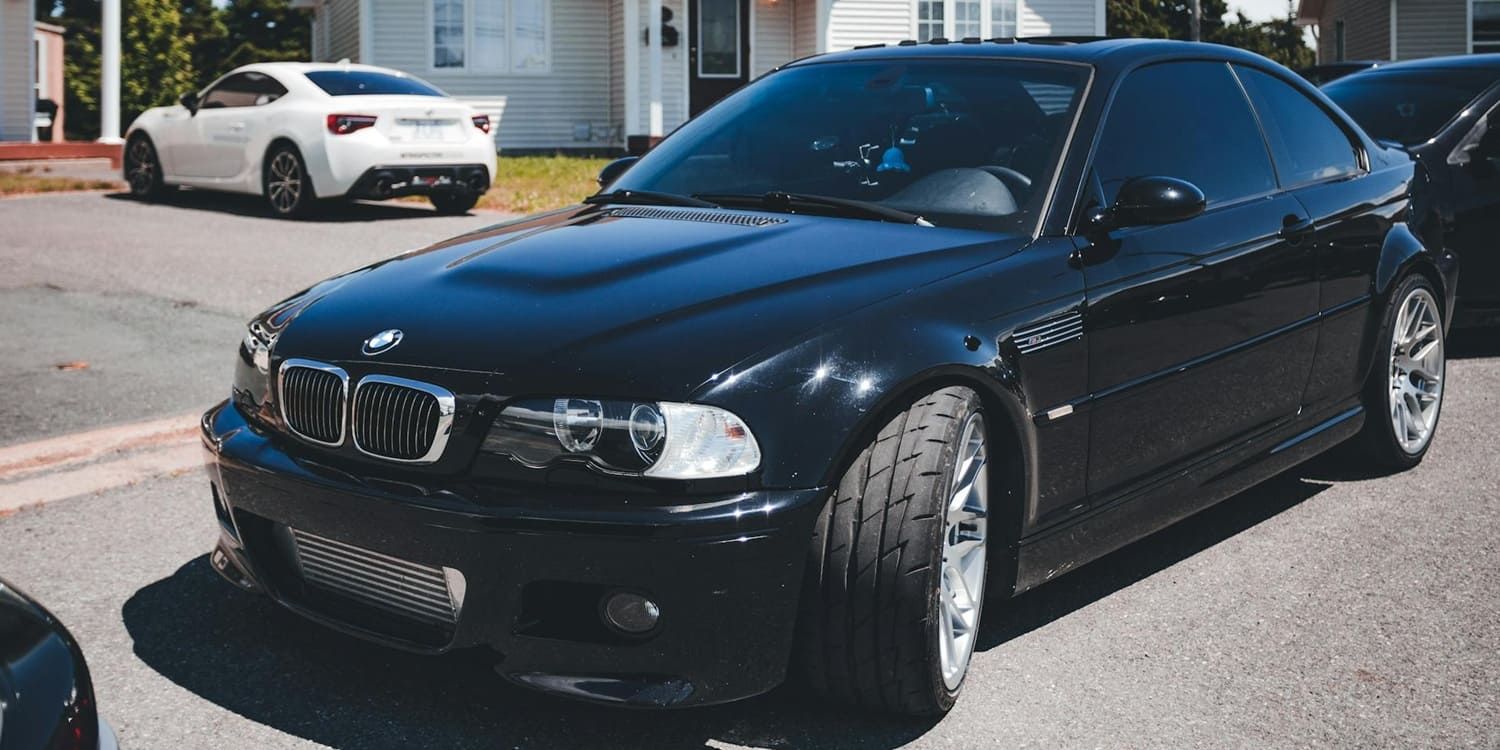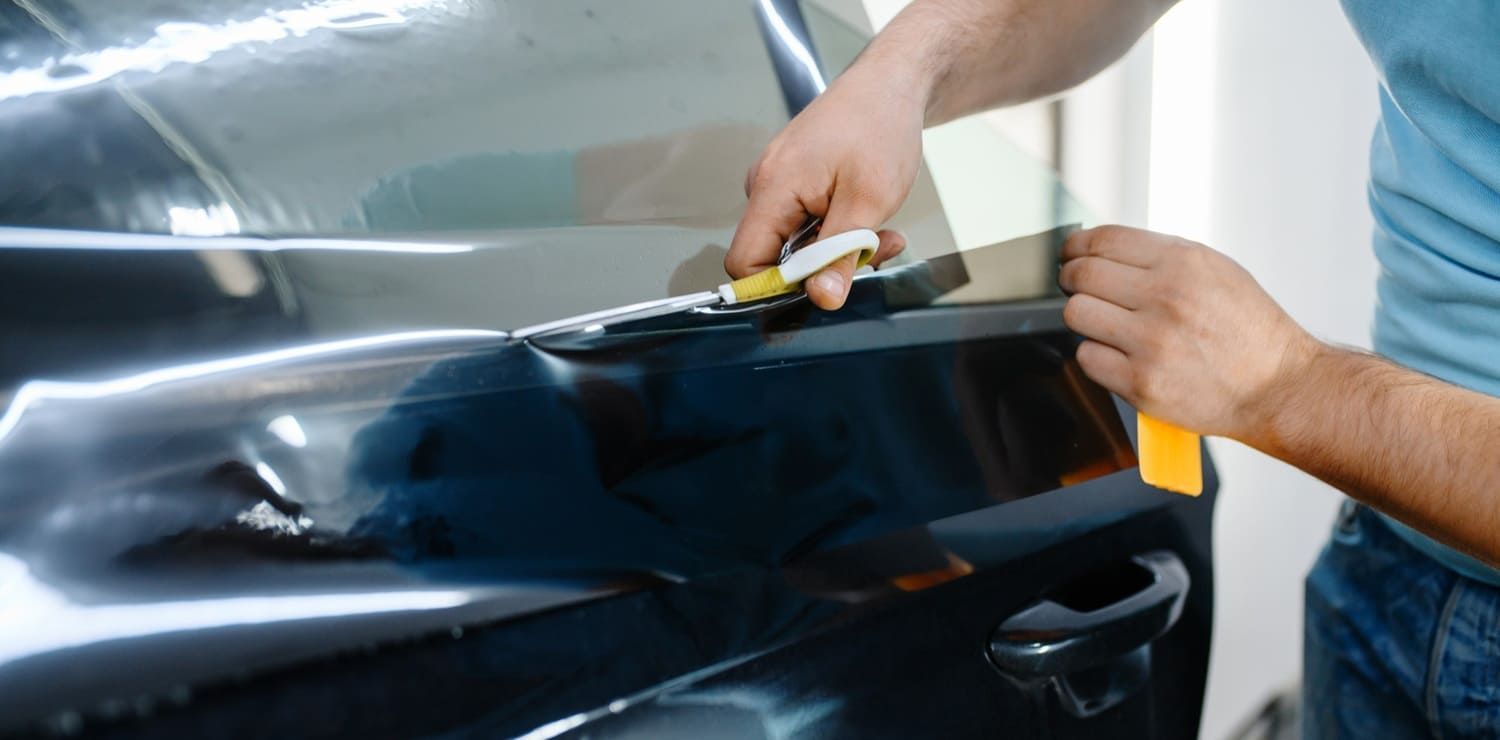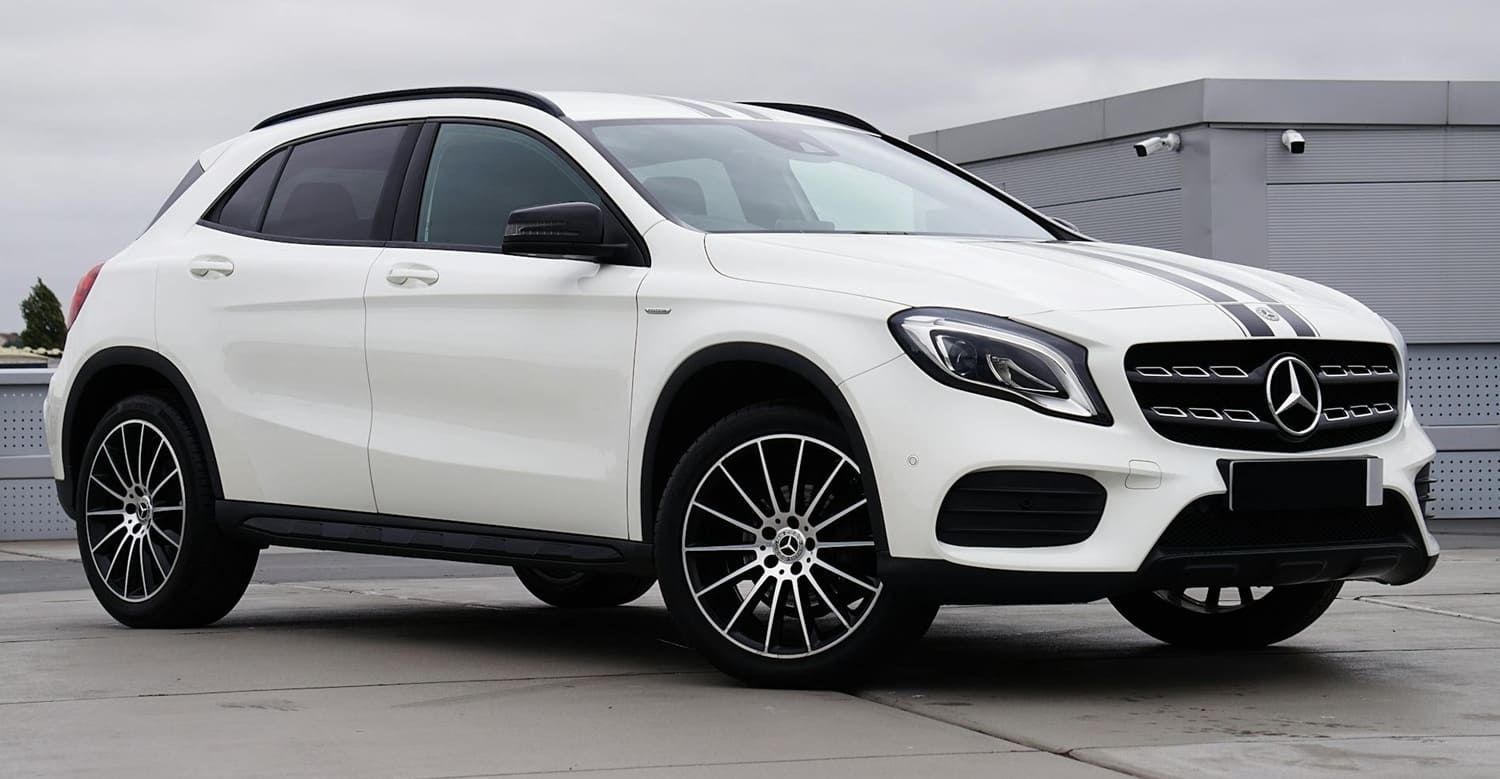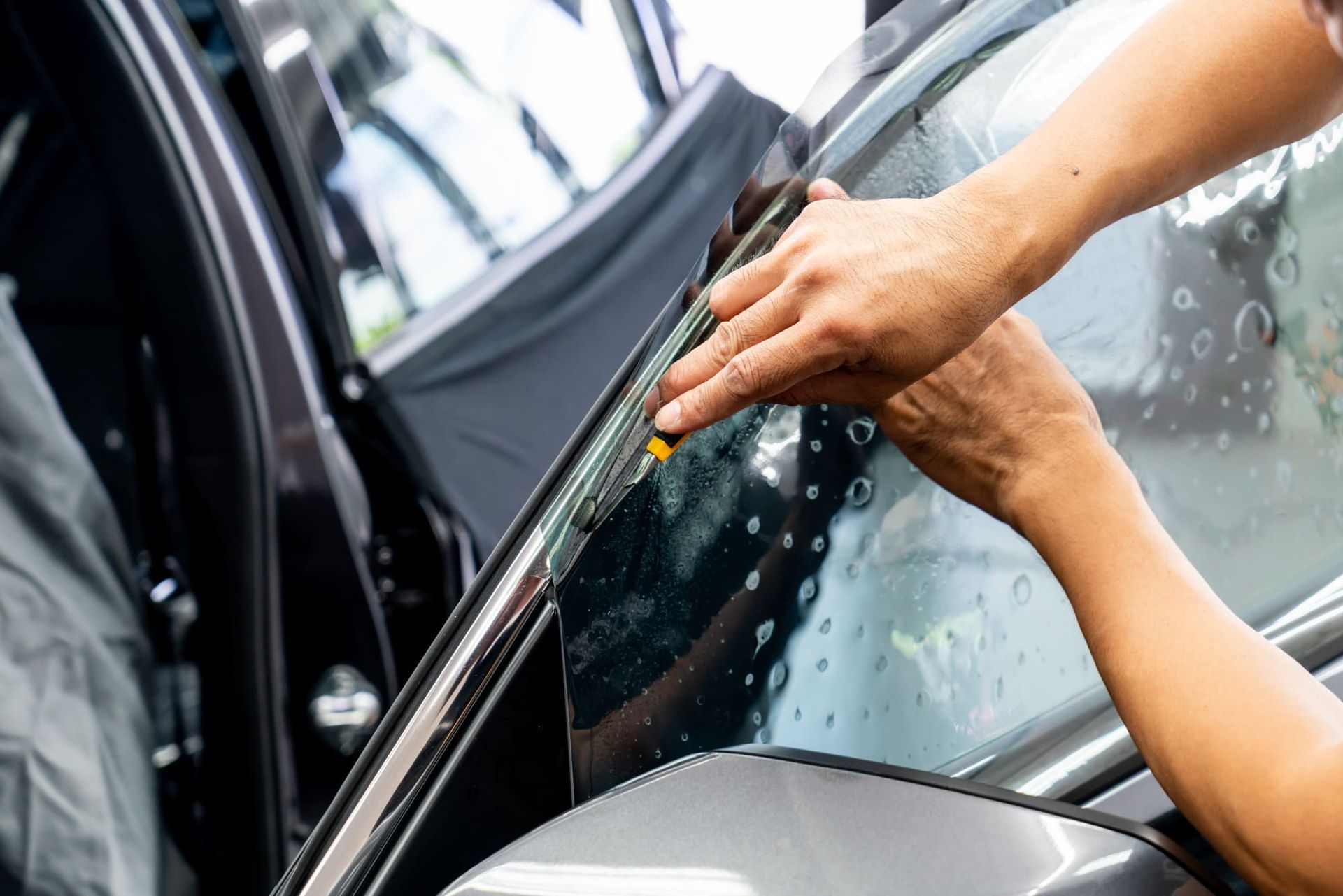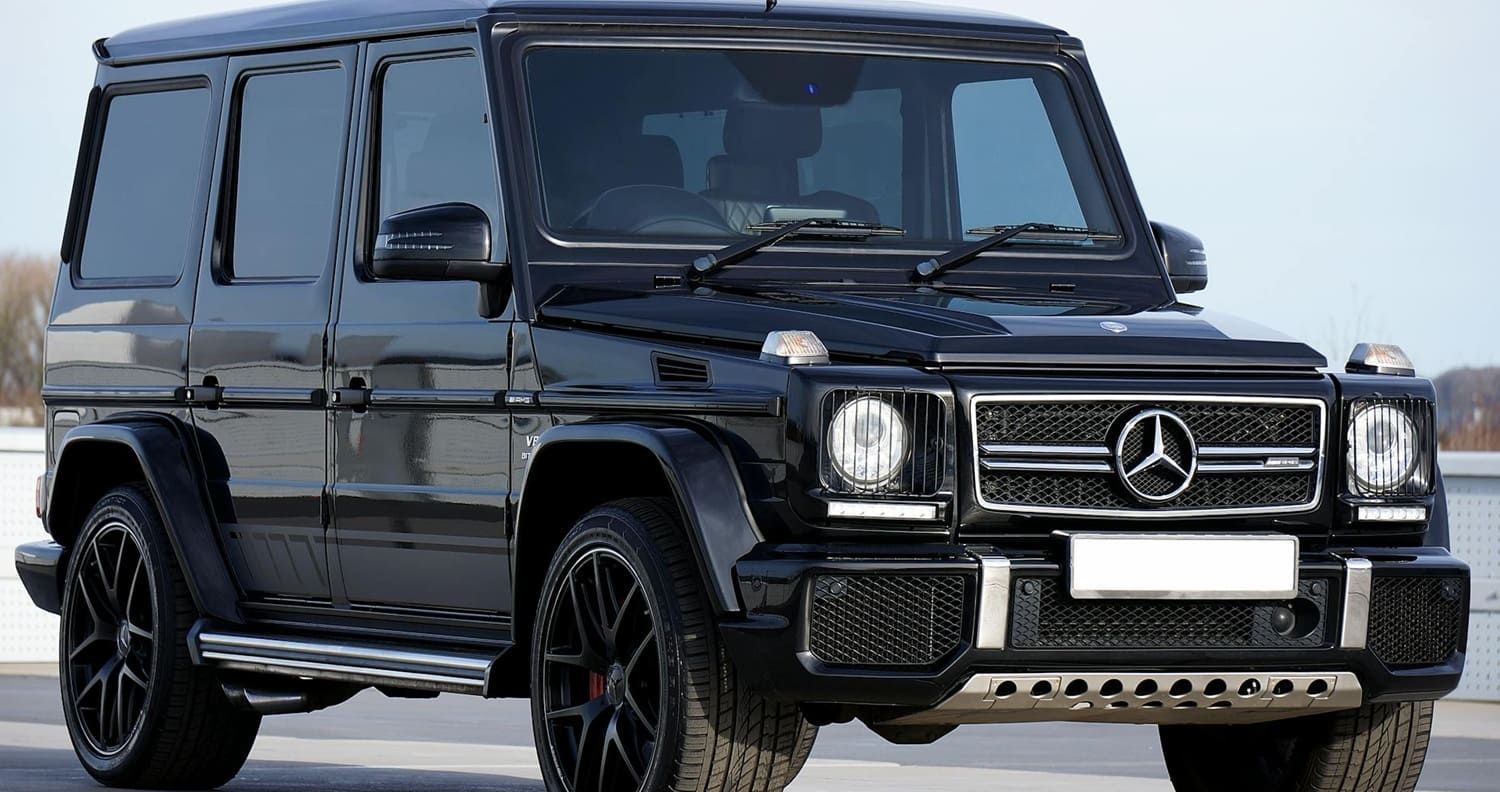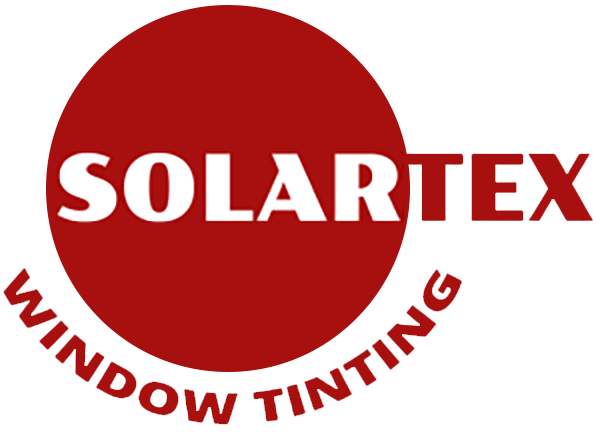What Tint Percentage Is Best for Comfort and Privacy?
Car window tinting is your key to a more comfortable, private, and UV-protected ride. It works by controlling the Visible Light Transmission (VLT) of your vehicle's windows. Understanding the best tint percentage for comfort and privacy can significantly cut down interior heat, block damaging rays, and keep your passengers shielded from unwanted attention—all while staying on the right side of Fort Myers regulations. This guide will walk you through the ideal VLT ranges for maximum heat rejection and discretion, cover local legal limits, compare different film types like dyed, metallic, and ceramic, explore how tinting saves you money on cooling costs, and bust some common myths. No matter if you drive a sedan, SUV, or truck, you'll discover how to pick the perfect film for your lifestyle and environment, and why getting it professionally installed in Fort Myers is the way to go for top-notch results.
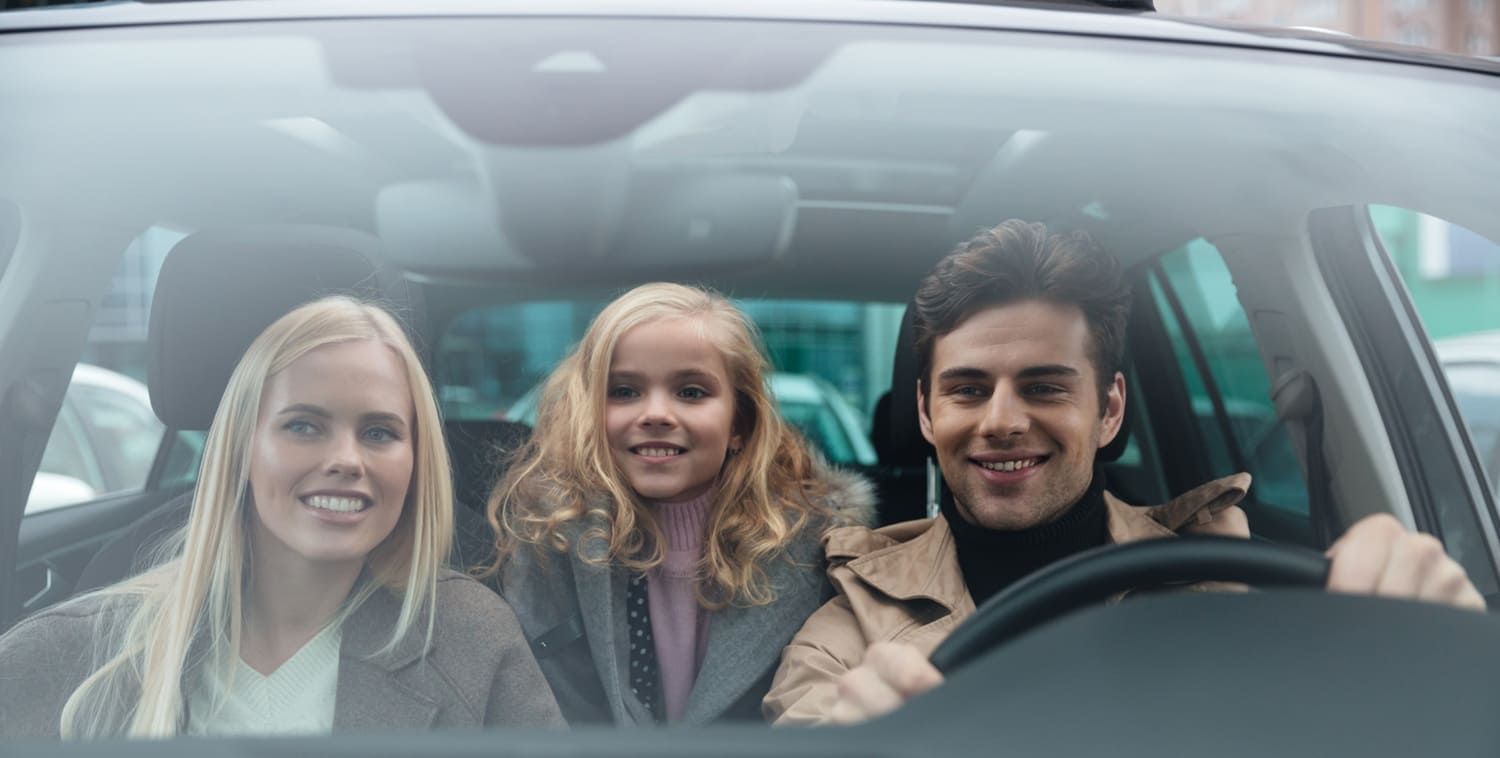
What's the Sweet Spot for Window Tint VLT for Comfort and Privacy?
The ideal window tint VLT strikes a perfect balance between letting in light, keeping your car cool, and ensuring occupant privacy. VLT tells you the percentage of light that passes through the film; lower percentages mean darker windows, while higher percentages let in more daylight. By opting for a VLT between 20% and 35%, drivers can enjoy less glare, better UV protection, and ample privacy without making it hard to see or breaking Fort Myers laws. This sweet spot is the foundation for everything else we'll cover regarding heat rejection, legal compliance, and staying comfortable.
How Does VLT Impact Heat Rejection and Your Car's Interior Temperature?
Window films with a lower VLT are champions at rejecting heat because they reflect and absorb solar energy before it even enters your car's cabin.
- Infrared Reflection – Darker tints can bounce back up to 50% of infrared heat, keeping your seats from getting scorching hot.
- UV Blocking – High-quality films block over 99% of harmful UVA and UVB rays, preventing your dashboard from fading and cracking.
- Glare Reduction – By cutting down on visible light, glare is reduced by up to 60%, making your drive much more comfortable.
So, darker tints directly translate to cooler interiors and less strain on your air conditioning system.
Which Tint Percentages Offer Top-Notch Privacy Without Sacrificing Comfort?
For the ultimate in discretion while still keeping things comfortable, these VLT levels are your best bet:
- 5% VLT – This near-blackout tint provides maximum privacy when parked and significantly reduces daytime glare.
- 20% VLT – Offers strong privacy while still allowing for safe visibility at night.
- 35% VLT – A great balance of concealment and a clear outward view in all lighting conditions.
Choosing within this range gives you both privacy and heat control benefits, preparing you for any climate adjustments.
How to Pick Your Tint Percentage Based on Your Local Climate and Sun Exposure?
Your climate plays a big role in choosing the right VLT. Consider how intense the sun is, the direction your windows face, and how the seasons change. The table below suggests VLT levels based on window orientation and explains why:
| Window Orientation | Recommended VLT | Reason |
|---|---|---|
| South-facing side | 20% | Constant strong sun requires robust IR reflection. |
| East-facing side | 35% | Morning sun is gentler, so visibility is prioritized. |
| West-facing side | 20% | Peak afternoon heat demands superior heat rejection. |
| Rear window | 5–20% | Maximizes privacy and adds a secondary heat barrier. |
What Are the Legal Tint Percentage Limits in Fort Myers, Florida?
Florida law sets specific VLT minimums to ensure drivers have clear visibility and to promote road safety. Passenger cars and front-seat windows must allow at least 28% of incoming light to pass through. For rear side windows and the back windshield, darker films are permitted. Professional installers in Fort Myers are equipped with certified tools to check compliance and ensure your tint meets all legal requirements, saving you from potential fines and hassle.
Florida Window Tint Laws: VLT Limits and Penalties
- Florida law establishes specific Visible Light Transmission (VLT) minimums for vehicle windows to ensure driver visibility and road safety. Front side windows must allow at least 28% of incoming light. For sedans, rear side and back windows require a minimum of 15% VLT, while for multi-purpose vehicles like SUVs and vans, this minimum is 6% VLT. Non-compliance with these regulations can lead to fines.
- This research directly supports the article's claims regarding legal tint percentages for various windows in Florida and the potential penalties for violations.
What Are Florida’s Window Tint Laws for Passenger and Driver Windows?
Florida's regulations are clear on these points:
- Front side windows – Must allow at least 28% VLT.
- Driver side window – Must allow at least 28% VLT.
- Rear side windows – Any darkness is allowed.
- Back windshield – Any darkness is allowed, provided the front side windows meet VLT requirements.
Sticking to these percentages ensures you're legally compliant and maintain excellent road visibility.
How Can You Be Sure Your Tint Percentage Meets Fort Myers Regulations?
To ensure your tint is legal:
- Check for Film Certification – Always use films that have FMVSS 205 labels.
- Get a Professional VLT Reading – Have a certified installer measure the VLT with a photometer after application.
- Keep Your Documentation Handy – Store film certificates in your glove compartment for easy access during inspections.
- Choose Licensed Installers – Rely on certified professionals who guarantee legal compliance.
Following these steps helps you avoid violations and ensures a smooth experience.
What Are the Consequences for Using Illegal Tint Percentages in Florida?
Tint that doesn't meet legal standards can result in:
- Fines of up to $500 for initial offenses.
- "Fix-it" tickets that require you to remove or adjust the tint.
- Potential increases in your insurance premiums after repeated citations.
Complying with the state's VLT limits protects your wallet and your driving record.
What Are the Top Car Window Tinting Options for Enhanced Privacy?
Films designed for privacy vary in their construction and how they perform. Dyed, metallic, and ceramic tints each manage light and heat in their own unique ways. Understanding these differences helps you choose the film technology that best matches your comfort needs and style preferences in Fort Myers.
How Do Ceramic Window Tints Boost Privacy and Heat Rejection?
Ceramic films utilize advanced nano-ceramic particles that scatter and absorb light without relying on metallic layers.
- Infrared Rejection: They block up to 50% of IR rays, keeping your car cooler.
- UV Protection: Over 99% of UV rays are filtered out, safeguarding your interior.
- Optical Clarity: These films maintain the clear, factory look of your glass.
By combining excellent IR rejection with crystal-clear visibility, ceramic film offers superior comfort and discretion.
Advanced Performance of Ceramic Window Tints in Heat and UV Rejection
- Ceramic window films, which incorporate nano-ceramic particles, are highly effective in rejecting solar heat and blocking harmful ultraviolet (UV) radiation. These films can block up to 99% of UV rays and a significant percentage of infrared (IR) heat, contributing to cooler interior temperatures and protecting both vehicle occupants and the car's interior from sun damage.
- This research confirms the superior heat rejection and UV protection capabilities of ceramic window tints, aligning with the article's discussion on their performance benefits.
What Sets Dyed, Metallic, and Ceramic Tints Apart for Privacy?
Here's a breakdown of different film technologies and their performance characteristics:
| Film Type | Mechanism | Privacy Rating | Heat Rejection |
|---|---|---|---|
| Dyed | Absorbs light using carbon layers. | Moderate (35–50% VLT) | Moderate (15–20%) |
| Metallic | Reflects heat with embedded metal particles. | High (20–35% VLT) | Good (30–40%) |
| Ceramic | Scatters and absorbs heat via ceramic nanoparticles. | Very High (5–35% VLT) | Excellent (45–50%) |
Which Tint Films Deliver the Best Glare Reduction and UV Protection?
Three main types of films stand out for their ability to combat glare and UV rays:
- Ceramic Films – Their non-metallic particles provide up to 60% glare reduction and block 99% of UV rays.
- Metalized Films – These films use reflective layers to cut glare by 50% and reject 90% of UV rays.
- Hybrid Films – A combination of dyed and metallic layers offers a balanced approach to glare control and UV shielding.
These options ensure both your comfort while driving and the preservation of your car's interior.
How Does Tint Percentage Affect Heat Rejection and Interior Comfort?
The percentage of tint you choose directly impacts how much solar heat enters your car and how hard your air conditioning has to work. Darker films are more effective at absorbing and reflecting infrared and ultraviolet radiation, which helps keep your cabin cooler and maintains a comfortable temperature, especially during Fort Myers' intense sunshine.
What Tint Levels Are Most Effective at Blocking Infrared and UV Rays?
Films with a VLT of 20% or lower offer the most significant heat rejection benefits:
- 5% VLT – Blocks approximately 50% of infrared and 99% of UV rays.
- 15% VLT – Blocks around 45% of infrared and 99% of UV rays.
- 35% VLT – Blocks about 30% of infrared and 98% of UV rays.
Generally, a lower VLT means a more effective thermal barrier.
How Does Tint Darkness Influence Cabin Temperature on Hot Days?
On a sweltering 90°F day, darker tint films can lower your car's interior temperature by as much as 10°F. This happens because tinted glass reflects more solar radiation before it can enter the cabin, helping to preserve cooler air and reducing the need for your AC to run constantly.
Can Higher Tint Percentages Lead to Lower Air Conditioning Costs?
Absolutely. Films with a lower VLT can significantly decrease the time your AC needs to run, which also saves fuel. Here's a general idea:
- 5% VLT – Can reduce AC runtime by up to 30%.
- 15% VLT – Can reduce AC runtime by up to 20%.
- 35% VLT – Can reduce AC runtime by up to 10%.
These energy savings add up over time, lowering your overall driving expenses.
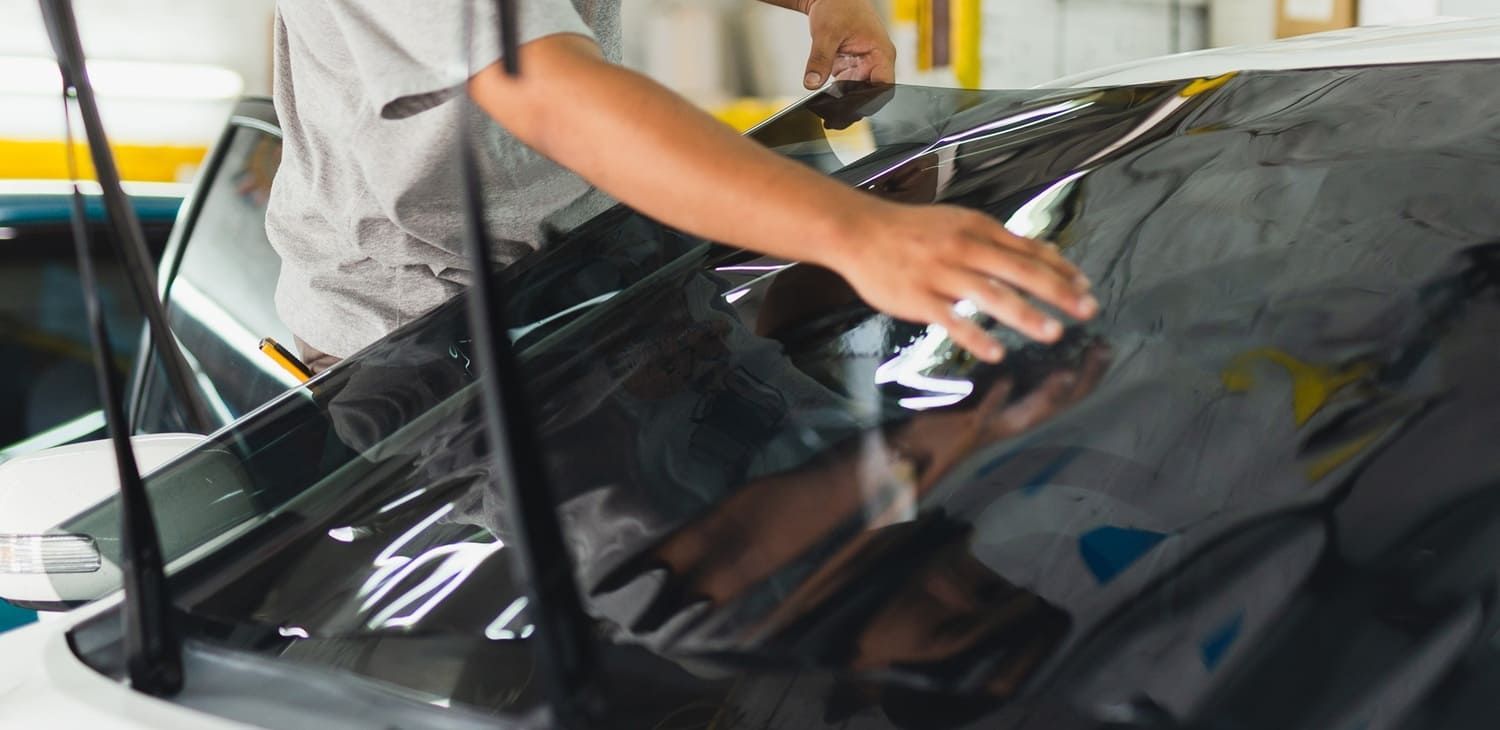
How to Select the Best Tint Percentage for Your Privacy and Comfort Needs?
Choosing the right tint involves balancing your personal privacy preferences, your desire for thermal comfort, legal requirements, and your vehicle's aesthetic. A thoughtful approach ensures you achieve all your goals without making your windows too dark or breaking any laws.
What Factors Should You Consider When Choosing Tint Percentage?
Keep these key factors in mind:
- Local Climate – How intense is the sun and heat where you live?
- Legal Limits – What are the VLT minimums in Fort Myers?
- Vehicle Use – Do you drive more during the day or at night?
- Privacy Priorities – How much discretion do you want for your passengers?
- Interior Temperature Control – How cool do you want your cabin to be?
Weighing these factors will help you narrow down the best VLT range for your specific situation.
How to Balance Privacy Needs with Legal and Comfort Requirements?
Follow this step-by-step process to align your goals:
- Rank Your Priorities – Decide what's most important: comfort, privacy, or legality.
- Check Local Guidelines – Confirm the VLT minimums for your front windows.
- Test Film Samples – See how different films look and perform in real-world conditions.
- Choose a Certified Installer – Ensure the film is applied correctly and meets all legal standards.
This method helps you find a tint solution that meets all your essential needs.
What Are the Top Recommended Tint Percentages for Different Vehicle Types?
The design of your vehicle, including window size and sun exposure, can influence the best VLT choice:
| Vehicle Type | Front VLT | Rear VLT | Reason |
|---|---|---|---|
| Sedan | 35% | 20% | Offers a good balance of comfort and privacy. |
| SUV | 20% | 5% | Larger windows mean more sun exposure, requiring stronger tint. |
| Truck | 35% | 20% | Prioritizes road visibility while providing moderate shading. |
What Tint Percentages Work Best for Front vs. Rear Windows?
Front and rear windows have different primary functions: visibility for the front, and privacy for the rear.
- Front Windows: Aim for 28–35% VLT to comply with laws and ensure clear sightlines.
- Rear Windows: 5–20% VLT is ideal for maximum privacy and creating a strong thermal barrier.
Using different VLT levels for front and rear windows allows you to customize both comfort and discretion throughout your vehicle.
What Are the Benefits of Ceramic Window Tint for Cars?
Ceramic window tint enhances heat rejection, privacy, and durability thanks to its advanced nanotechnology. By embedding ceramic particles, this film provides high-performance thermal control along with lasting clarity and resistance to scratches.
How Does Ceramic Tint Improve Heat Rejection Compared to Other Films?
Ceramic tint achieves superior heat control by reflecting infrared rays using non-metallic nanoparticles. While dyed film might only block 15–20% of infrared heat, ceramic film can reflect up to 50%, making your car's interior significantly cooler and reducing the workload on your AC.
What Privacy Advantages Does Ceramic Tint Provide?
Ceramic film scatters visible light at shallow angles, creating a subtle, matte-like effect that makes it difficult for outsiders to see inside without causing excessive glare. This light scattering enhances privacy while still allowing drivers a clear view out.
Are Ceramic Tints More Durable and Scratch-Resistant?
Ceramic window film is built to resist scratches, fading, and corrosion thanks to its stable nanoparticle structure.
- Scratch Resistance – Its hard surface prevents damage from everyday abrasion.
- Color Stability – The color won't fade over time.
- Longevity – Many ceramic tints come with warranties lasting over 10 years.
These durability features ensure your tint looks great and performs well for years to come.
What Are Common Myths About Tint Percentages and Privacy?
Misunderstandings about how dark tint needs to be and what protective benefits it offers can lead drivers to choose VLT levels that aren't ideal. By clearing up these myths, you can make a smart choice that maximizes both your comfort and legal compliance.
Does Darker Tint Always Mean Better Privacy?
Not necessarily. Privacy is influenced by the film's reflectivity and the interior lighting conditions, not just its darkness. A 20% VLT film with high reflectivity can offer similar concealment to a 5% VLT dyed film. Understanding the difference between light absorption and reflectivity is key to choosing the right technology for your privacy needs.
Can Legal Tint Percentages Still Provide Adequate Privacy?
Yes, films at the legal limit (28–35% VLT) can effectively obscure the interior, especially during the day. By choosing high-quality films with UV-blocking additives, you can maintain legal compliance while still achieving a good level of privacy.
Is There a Tint Percentage That Works Best Year-Round?
A mid-range tint, around 35% VLT, offers a good balance. It provides effective heat rejection during the summer and sufficient visibility during the winter's lower light conditions. With Solartex Window Tinting in Fort Myers, FL, a trusted LLumar Dealer and the best car window tinting installers near you, you can count on expert installation that ensures year-round comfort and performance. You won't need to swap films seasonally when you choose a versatile VLT that handles Florida's consistent sun exposure well.
By matching your needs for comfort, privacy, performance, and legality—and partnering with Solartex Window Tinting—you'll create the perfect driving environment that protects passengers, preserves your car's interior, and boosts its overall style.
Contact Solartex Window Tinting in Fort Myers, FL today for your free estimate and experience the difference professional LLumar installation makes.
